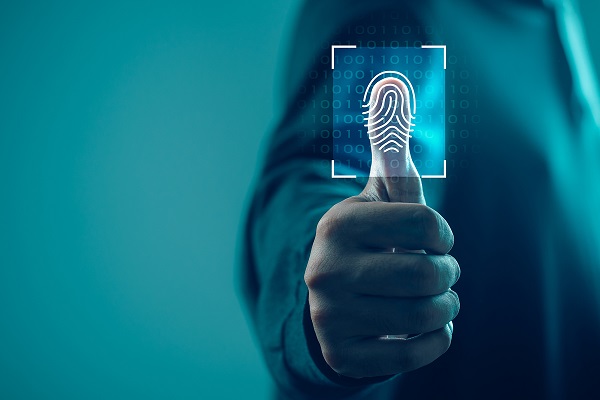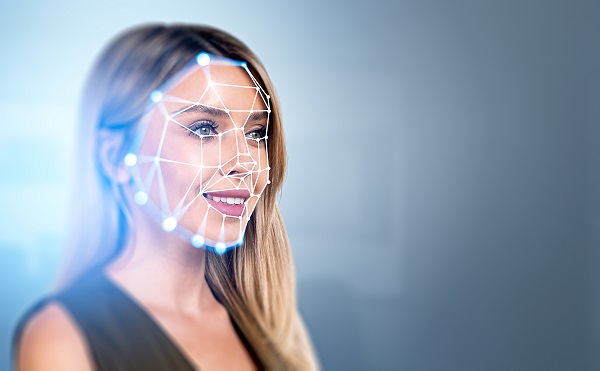The rapid evolution of biometric access control is revolutionising how buildings manage security and user convenience. As a leading innovator in this space, Hikvision has consistently contributed to advancing biometric solutions, addressing the growing demand for integrated, secure, and efficient access control systems. In this article, Hikvision shares key insights into the latest trends shaping the biometric access control industry. From emerging technologies to modular designs and cloud-based deployments, these trends highlight the direction of the market and provide valuable guidance for access solution providers and property managers.
1. Biometric Technologies Rapidly Expanding in Use
Biometric access control is evolving faster than ever, with the global market expected to grow to $8.8 billion by 2026, according to ResearchAndMarkets. Technologies like iris and palm recognition are leading the way, offering far greater security than traditional methods or even standard face recognition. These advanced systems make unauthorised access almost impossible, making them ideal for high-security environments.
Hikvision has been a trailblazer in this field since launching its MinMoe face recognition series in 2020. Now, they've stepped up the game with cutting-edge solutions, including terminals that use iris and palm recognition to make access control smarter, faster, and more secure than ever.

2. Building Systems Are Becoming More Connected
Access control systems (like those that let people into buildings) are now being combined with other tools like video intercoms and security cameras. In homes, this creates a smoother and safer experience for residents. In offices, these systems are also connecting with elevators and time management tools to make daily operations easier and more efficient. Hikvision offers solutions that bring all these systems together in one place for better management and security.
Hikvision is a leader in creating these kinds of integrated solutions. They offer systems that connect access control with other technologies, both their own and those from third parties, to make building management easier and more efficient. Their unified platforms ensure all systems work together seamlessly.
3. Modular designs are becoming mainstream
Not every business has the same security needs, which is why modular access control systems are gaining popularity.
These systems let businesses choose the features they need—such as face recognition, fingerprint scanning, or QR code readers—and add more later as their requirements evolve.
For example, a small business might begin with a simple card or QR code system and upgrade to include advanced options like fingerprint or palm recognition as their security needs grow. This adaptability makes modular systems both cost-effective and future-proof.
Hikvision’s 1T670, 1T673 and IT681 MinMoe series is designed to meet this demand, offering customizable solutions. Businesses can select from modules for face recognition, fingerprints, cards, QR codes, and palm recognition, ensuring their system aligns with their budget and needs.

4. Demand for Outdoor Systems Is Growing
Biometric access control systems are moving beyond indoor applications to outdoor environments. For example, modern office complexes and manufacturing parks are increasingly installing access control points outdoors. This shift necessitates robust solutions designed to withstand various weather and outdoor conditions. Manufacturers are innovating products with durable materials and protective features to ensure reliable performance outdoors.
To address this, companies like Hikvision are creating robust outdoor solutions. Their MinMoe series, for example, uses strong materials like aluminum alloy and includes features like rain shields and IP65 ratings for waterproofing. These designs ensure the systems work reliably in any weather or environment, providing secure access even in outdoor spaces.
5. Cloud-Based Systems Are Becoming Popular
Many businesses are now opting for cloud-based access control systems because they’re easier to manage and scale. These systems let businesses control access remotely, add or remove users quickly, and even integrate with other cloud-based tools. This is especially useful for organizations with multiple locations or those looking to streamline operations.
Hikvision offers flexible deployment options to suit businesses of all sizes. Small stores can use simple, on-device management, while larger organizations can choose cloud-based systems like the Hik-Connect platform. This ensures businesses can find the right solution for their needs while enjoying the benefits of modern, scalable technology.
The future of access control is here—and it’s reshaping the way we interact with the spaces around us.